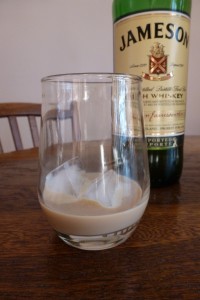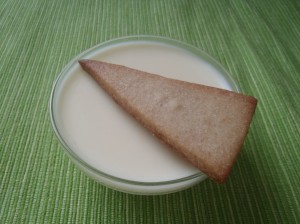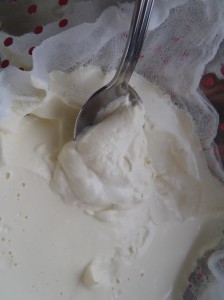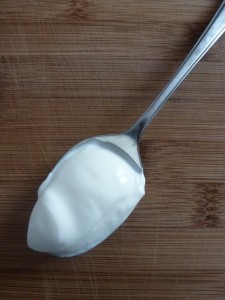 There are two drinks that we go through in unholy quantities this time of year. The first without question is rum, as it is used in all kinds of preserves, baking, and cocktails. The second is Irish cream, consumed on its own, or diluted with a bit of milk or coffee.
There are two drinks that we go through in unholy quantities this time of year. The first without question is rum, as it is used in all kinds of preserves, baking, and cocktails. The second is Irish cream, consumed on its own, or diluted with a bit of milk or coffee.
For years my standby has been Bailey’s, but this year I decided to make my own.
Irish cream is comprised of cream, sugar, and Irish whiskey, usually but not always flavoured with coffee. It is around 20% alcohol by volume, and has a rich, viscous mouthfeel. It’s basically an Irish coffee with the ingredients in different proportions.
If you plan on consuming Irish cream in coffee, there’s probably not … Continue reading.


